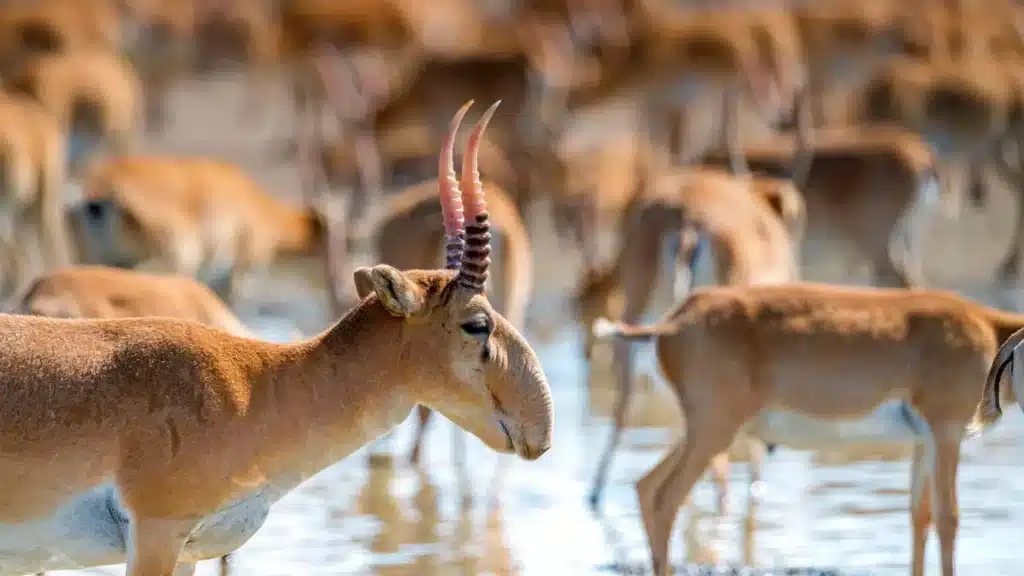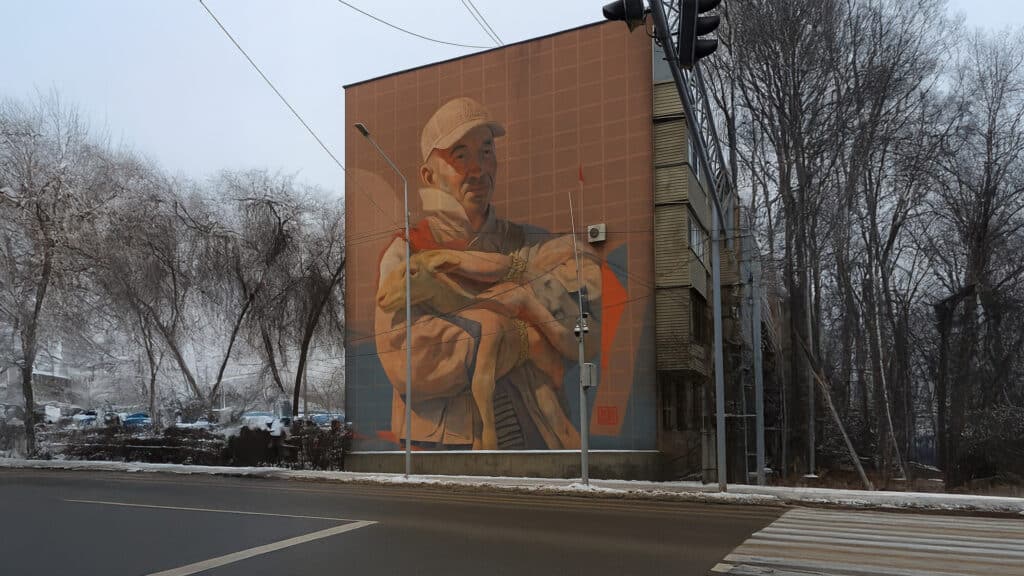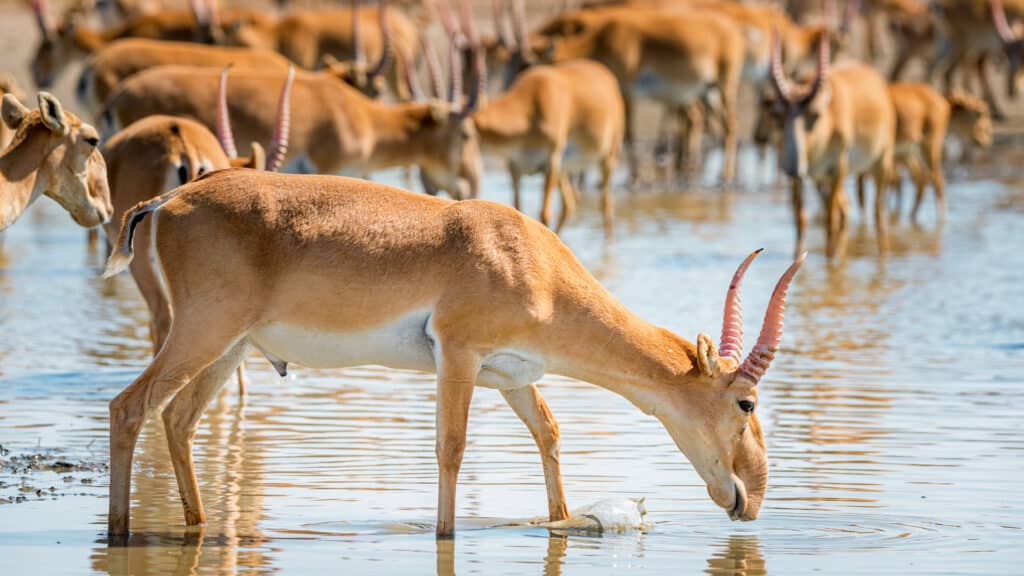
Until recently, few would have imagined that saigas — antelope once on the brink of extinction — could end up on dinner tables. But in Kazakhstan, home to the world’s largest saiga population, authorities launched a cull in July 2025 to control their numbers. The carcasses are being sent to meat processing plants.
Meat market turmoil
In August, reports surfaced of a brewing crisis in Kazakhstan’s meat market, sparking outrage among businesses and citizens.
The Ministry of Trade said global shortages and higher meat prices in neighboring countries were driving up domestic prices and diverting Kazakh meat abroad.
Against this backdrop, a heated debate has emerged over whether saiga meat should be eaten. Saiga meat is often compared to lamb and is considered both nutritious and flavorful.
Debate over growing population
Notably, according to 2025 data, Kazakhstan’s saiga population reached 3.9 million — nearly triple the historical peak of 1.2 million recorded in 1974. The growing population has prompted both policy responses and public discussion.
The Ministry of Ecology has moved to regulate the population following complaints from farmers about saigas destroying fields and pastures. In some regions, farmers say damage to crops from trampling has cost hundreds of millions of tenge, Kazakhstan’s currency.
Even Russian farmers have appealed to President Vladimir Putin, asking for protection from migrating herds crossing from Kazakhstan.
Public backlash and cultural significance
The cull has sparked widespread criticism among citizens, who see the saiga as a unique and valuable species that must be preserved. Kazakh President Kassym-Jomart Tokayev has called saigas sacred animals, describing them in 2024 as «a symbol of the Kazakh steppe» when he ordered a temporary ban on culling.

The debate has also revived memories of gamekeeper Yerlan Nurgaliyev, who was killed by poachers in 2019 while trying to stop illegal saiga hunting in the Karaganda region. His death drew national attention and turned him into a symbol of the fight to protect the endangered antelope.
Health concerns over saiga meat sales
Eating saiga meat — which Kazakhstan’s Ministry of Agriculture proposed selling at about $3 per kilogram — poses a risk of several diseases, according to blogger and journalist Kirill Pavlov.
«Saiga meat only seems like a cheap alternative to beef,» Pavlov wrote on Facebook. «In reality, it’s a lottery. You could ‘win’ a host of diseases that last for years. Without laboratory testing, sanitary standards, and proper heat treatment, it’s not food — it’s a biological hazard.»
Blogger warns of disease risks
Pavlov listed several diseases that humans could contract from eating saiga meat, including brucellosis, which can be transmitted through the meat of wild ungulates — animals such as saigas, which are known carriers.
«Saigas can harbor dozens of parasites,» he wrote. «Trichinella larvae can attack muscles, the heart, and lungs, and may be fatal. Echinococcus cysts can develop in the liver and brain, sometimes remaining undetected for years and eventually requiring surgery or leading to death. Ascaris and nematodes cause chronic abdominal pain, anemia, and allergies. Giardia and cryptosporidia, protozoan intestinal parasites, can contaminate meat during field butchering, especially through unclean entrails. The result can be diarrhea, intoxication, weight loss, and exhaustion. Children and the elderly face the greatest risks.»

Pavlov urged citizens to think carefully before consuming saiga meat.
Ministry rejects health risk claims
The Ministry of Agriculture denied claims that saiga meat poses a health hazard, stating that all products undergo strict veterinary inspection before reaching consumers.
The agency said that Okhotzooprom, the state enterprise responsible for regulating wild animal populations, oversees the saiga cull. After the animals are killed, their carcasses are placed in refrigerated trucks and transported to certified slaughter facilities. There, veterinarians conduct inspections and laboratory testing.
The inspections include organoleptic examinations of the carcass and internal organs, lymph node dissections, cooking tests, cysticercosis checks, and radiation measurements. Only meat that meets all safety standards is approved for processing; unsuitable portions are disposed of.
Each batch of saiga meat is accompanied by a veterinary certificate confirming its origin, safety, and quality. At markets, inspectors review documentation, branding, storage conditions, and laboratory test results daily.
Official advice for consumers
The ministry recommends that consumers buy meat only from official retailers that can provide veterinary documentation. Officials emphasized that Kazakhstan has established regulations on slaughter, waste disposal, and food safety, as well as national standards for saiga meat products.

